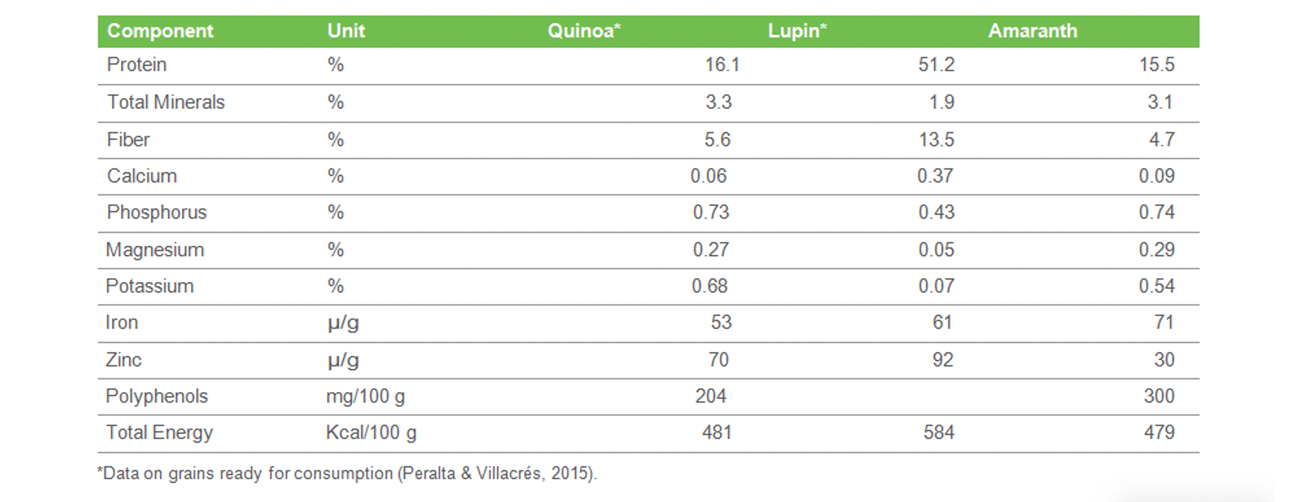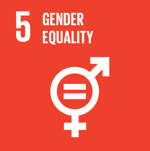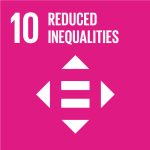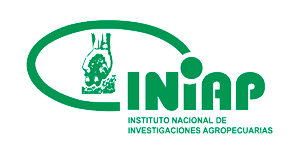Carrying Ancestral Lore into the Future
With active participation of women who implemented changes in the diet of their homes, the cultivation of ancestral Andean grains, enriched in proteins and essential micronutrients, was promoted among indigenous and mestizo communities in Ecuador.
Context of the story
In some communities in Ecuador, poverty affects up to 95% of the population, where 35% to 50% of children under five years of age suffer from chronic malnutrition.
In this context, the incidence of anemia reaches alarming levels.
Agriculture, the local main means of subsistence, is developed in an unfavorable ecosystem, disconnected from markets and with minimal access to basic services.
The population, especially the indigenous peoples, consumes carbohydrates in excess.
However, the reassessment of the high nutritional value of ancestral Andean crops, such as quinoa, lupin and amaranth, has emerged as a strategy to transform this situation.
Ancestral Crops to the Rescue
The implemented initiative
INIAP, with the support of FONTAGRO and other organizations, promoted the cultivation and consumption of ancestral Andean grains of high nutritional value among family producers in Ecuador.
The project focused on indigenous populations with high levels of poverty.
The initiative enhanced the nutritional contribution of these crops and promoted their incorporation into agricultural rotations to improve soil fertility.
The project seeks to strengthen families' income through the sale of surpluses and the production of seeds.
How to Create More Nutritious, User-friendly, Environmentally-safe Varieties?
The technological solution
Researchers used cross and selected breeding to produce varieties that show adaptability to the environment and desirable agronomic traits.
The technological solution lowered the content of endogenous antinutritional factors in the food, such as saponins in quinoa and alkaloids in lupin, whose conventional removal requires washing with large amounts of water, thus discouraging famer adoption.
INIAP improved quinoa to release varieties low in saponins and less treatment-intensive.
A project supported by FONTAGRO enabled farmers to reduce process time and water use during alkaloid removal to debitter lupin.
These outcomes, validated in laboratories, test fields and farmers' lands, were introduced to local families.
Users participated in workshops that promoted consumption through lessons in good crop management and the use of grains in everyday meals.
"Our aspiration is that our young people will continue in the field and find in agriculture and agribusiness the opportunities that their elders did not have"
Participating countries
Type of project
Results
Around 500 indigenous have directly benefitted from the case results.
The project increased the production and distribution of seeds and the cultivated.
The combined increase in the consumption of lupin and quinoa reached 30% throughout the period.
As part of a campaign to raise awareness and increase involvement, mothers and school cafeteria managers joined in the promotion of the INIAP varieties.
Experts conducted workshops to provide information on the ways the crops are obtained and their nutritional value.
Today lupin and quinoa are consumed in some 15 preparations, with great acceptance among children, the main beneficiaries of nutritional improvement.
The sale of surplus lupin in the urban sector is growing.
Relevant data
Nutrients under scrutiny

Chronic malnutrition in children under 5 years of age

Participating Organizations
Project Information












 Ecuador
Ecuador